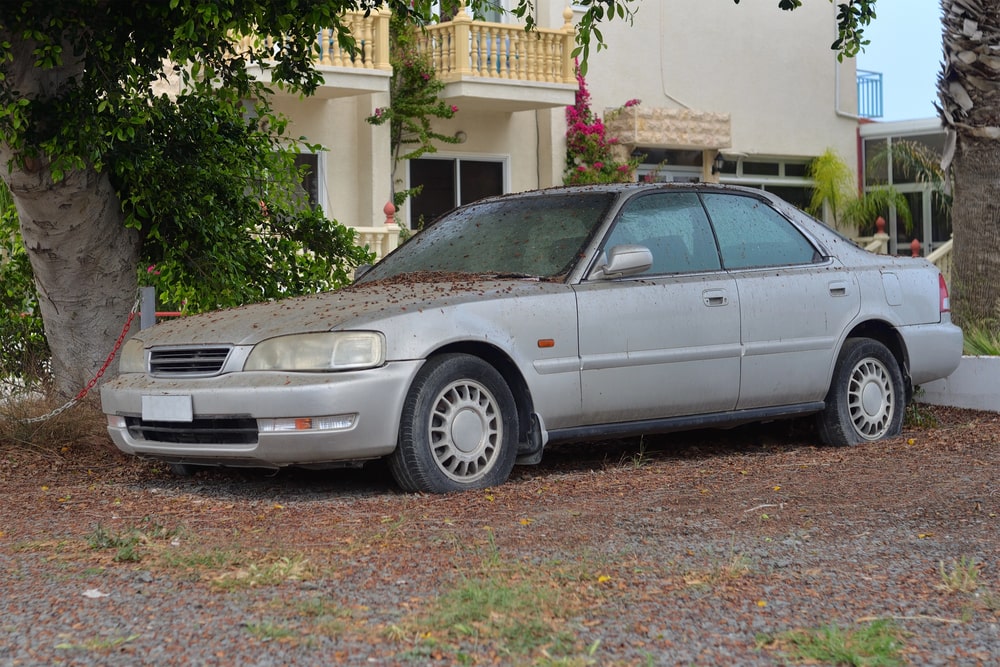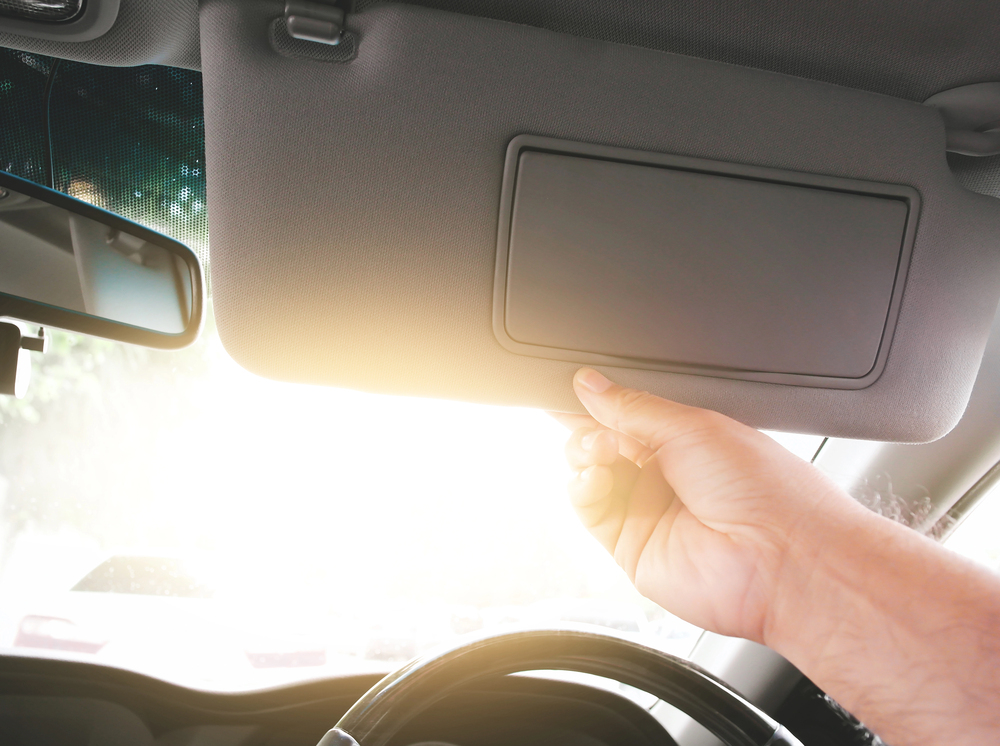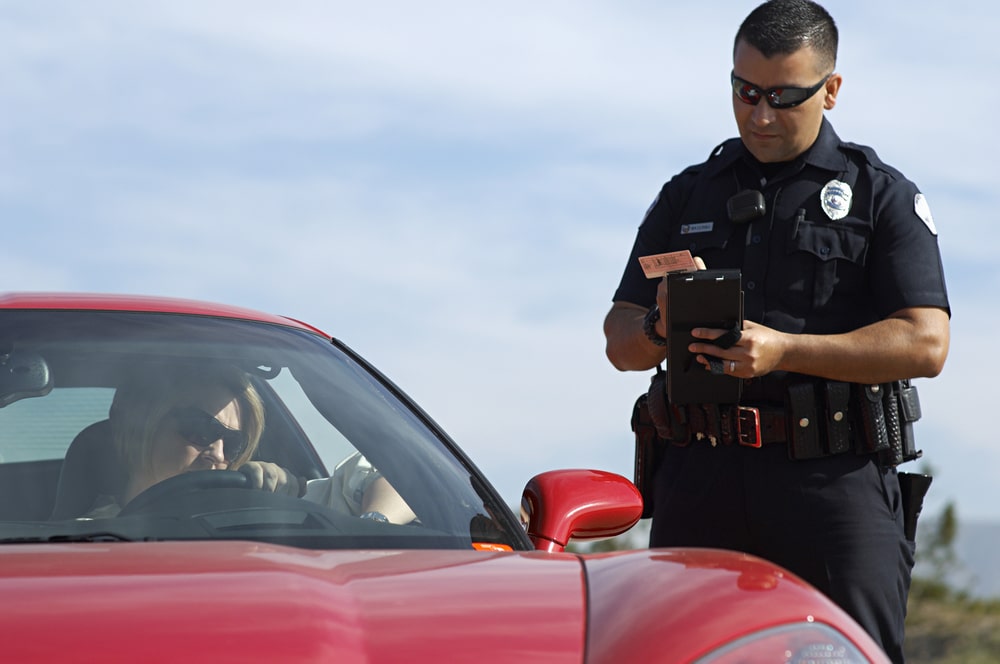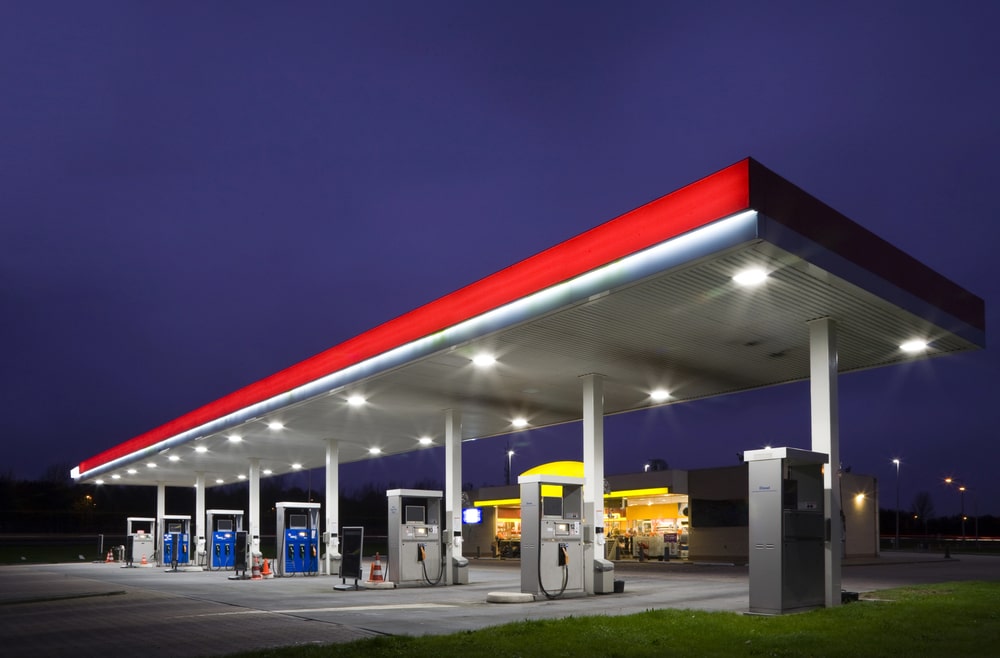Why it is so important to understand the difference between normal wear and tear and abuse.
Justin S
Created by: Oct 16, 2025
|
Modified by: Nov 07, 2025

Have you ever bought a used car and wondered if those discolored plastic panels or that worn-out tire were just part of normal wear and tear or if the previous owner neglected to maintain the vehicle and/or abused it? Understanding the difference between normal vehicle wear and tear and abuse and neglect is crucial. Whether you're buying a used car or trying to keep your current ride in good shape, knowing what to look for is key.
What Is Normal Vehicle Wear and Tear?
First, let's talk about normal wear and tear. Some wear is expected as the deterioration of a vehicle that happens from regular use over time. Think of it like how your shoes wear down after walking around all day for a year. For cars, normal wear and tear includes things like:
Tire wear: Tires naturally wear down from driving on roads, especially if you drive regularly. With normal driving on average, a tire should last anywhere between 30,000 and 50,000 miles. There are some exceptions to this with high-performance tires most commonly fitted on sports cars. High-performance tires are made up of softer compound rubber, which offers superior grip but is more prone to premature wear. High-performance tires tend to last anywhere between 20,000 and 40,000 miles with normal driving.
Brake pad wear: Every time you press the brakes, the brake pads wear down a little bit. Regular stopping and starting, especially in densely populated cities and traffic, may accelerate brake wear. Similarly to the tires, brake pads and rotors are direct wear parts that will wear down as they are used. Most commonly brake pads will last anywhere between 30,000 and 75,000 miles. In addition to driving conditions, this may also vary highly on the type of brake pads. Ceramic brake pads generally last longer but do not offer the stopping power of metallic brake pads. Ceramic brake pads also cause less brake dust, keeping the wheels clean longer. In recent years there have been new hybrid brake pads that combine both ceramic and metallic materials and characteristics to try to offer the best of both worlds.
Engine oil consumption: Some cars naturally use a small amount of oil between oil changes, which is normal as long as the oil changes are done regularly and the engine does not have signs of any compression issues.
Interior wear: Seats, dashboards and other interior parts might show signs of use, like minor wear marks or fading from being exposed to sunlight.
Exterior wear: Minor scratches, chips, or fading from normal driving and exposure to weather are expected.
Normal wear and tear is just part of owning a vehicle. It happens to everyone and it's usually not a sign of major problems. The key is that these issues happen gradually and are expected from regular driving. In most cases issues caused by normal wear and tear are addressed by responsible car owners by regular service and inspections.
What Is Vehicle Abuse & Neglect?
On the other hand, vehicle abuse is when a car is treated in a way that causes damage beyond what's normal from regular use. This can be intentional or accidental, but it's not part of normal driving.
Examples of Abuse & Neglect include:
Aggressive driving: slamming on brakes, accelerating hard, or taking sharp corners at high speeds. This puts extra stress on your car's tires, brakes, suspension and drivetrain components.
Ignoring regular maintenance: Not changing oil, not checking fluid levels, or not addressing warning lights. This can lead to major problems down the road.
Reckless behavior: Hitting curbs repeatedly, driving through deep water (which can damage the engine), or driving in dangerous conditions without proper precautions.
Intentional damage: Someone might damage the car on purpose, like keying the paint or breaking parts.
Abuse is when a car is treated poorly and the damage happens faster than it should from normal use. It's not just about the car getting older; it's about being mistreated.
How to Tell the Difference
A car that shows signs of abuse tends to be less desirable on the used car market, as it will have a diminished lifespan requiring more frequent repairs and service. So, how do you tell if the damage is normal wear and tear or abuse?
Here are some helpful tips:
Look at multiple vehicles: The expectation for a low-mileage vehicle under 50,000 miles, like, for example, a 2022 Ford Explorer, would be to see minor signs of wear with no faults or issues requiring extensive repair. To get a better understanding of wear and tear, you can compare similar-age vehicles with similar mileage driven.
Ask to see the vehicle’s service records: If you're buying a used car, ask the seller to provide maintenance records. Regular oil changes, inspections, software updates, tire rotations and other maintenance show the car was well cared for.
Inspect the car closely: Look for signs of neglect. The easiest way to spot these signs is by checking the vehicle’s tires. Look for unevenly worn tires or excessive tire wear for the mileage displayed on the vehicle odometer. For example, seeing bald tires on a vehicle with around 20,000 miles is a telltale sign of abuse. Other signs of abuse and neglect may include a dirty or damaged interior, missing parts, or unusual wear patterns, rattles and fault codes displayed on the dashboard.
Ask the owner about driving habits: If you're buying from a private seller, ask about how they drove the car. Did they drive it mostly around town, or did they use it for long highway commutes? Typically, vehicles driven on the highway are more preferred, as the vehicle is not exposed to frequent stops and acceleration from a complete stop, as stop-and-go-type of driving tends to cause more wear on vehicle components.
Get a Vehicle History Report: Using the car’s VIN number, you can generate a vehicle history report that may help uncover a wealth of information about the vehicle’s past. It may include everything from service history to past accidents, airbag deployment, lemon law claims, total loss events and much more…
Have the vehicle inspected by a trusted professional: It is always a good idea to have the vehicle inspected by a trusted, independent automotive technician. They may be able to spot issues not clearly visible to the naked eye. A pre-purchase inspection (PPI) may help identify previous collision damage, worn engine and damaged drivetrain components, excessive corrosion, safety systems faults and more.
Why This Matters
Understanding the difference between wear and tear and abuse is important for several reasons. If you are in the market for a pre-owned vehicle, it is vital that you make sure you're not buying a car that's been mistreated. If a car has signs of abuse, it might need major repairs soon and you will be stuck with large repair bills. Additionally, knowing what's normal helps you know when to address issues before they become bigger problems.
Understanding these differences isn't just about knowing technical terms—it's about being a smarter, more informed car owner. By recognizing normal wear and tear from abuse, you'll be better prepared to care for your vehicle and make good decisions about your car's future.





